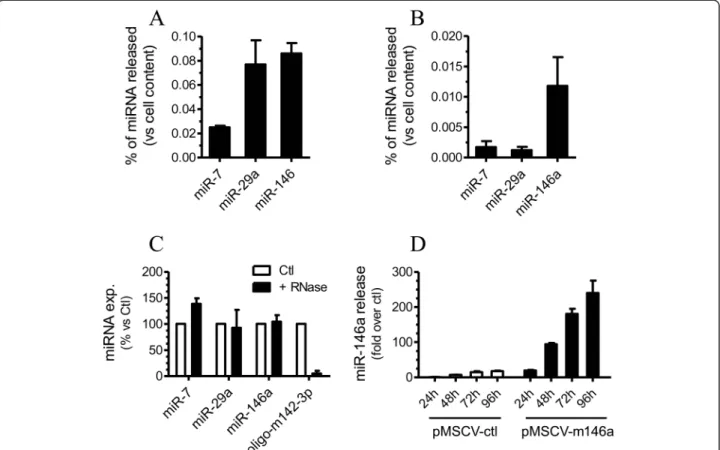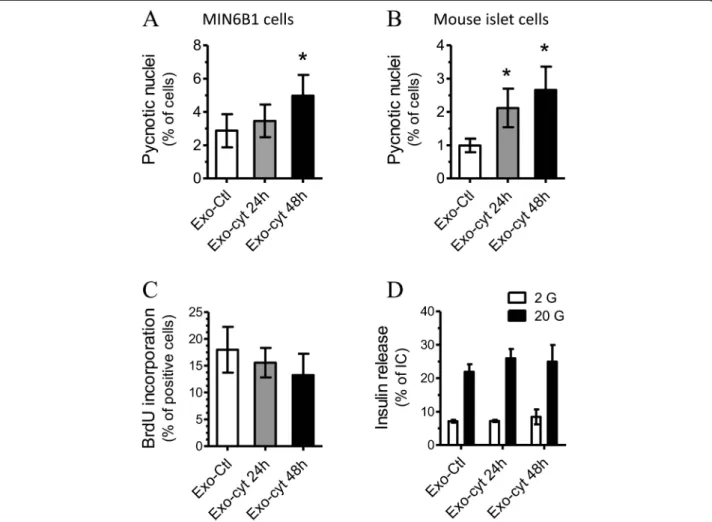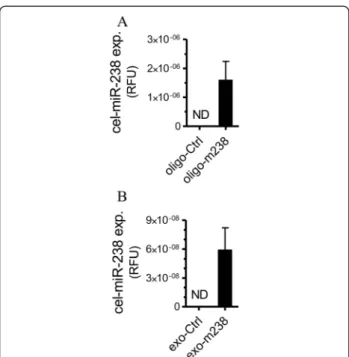Horizontal transfer of exosomal microRNAs transduce apoptotic signals between pancreatic beta-cells
Texte intégral
Figure




Documents relatifs
Since both hormones failed to activate MAP kinase in these cells, it is strongly suggested that activation of the JAK-STAT pathway is the major signalling event
The inflammation comes from the variation of the cytokines, which can stimulate or inhibit leucocyte production. Cytokine material balances in the fluid, at the cell/fluid
The LDA classifier trained on this filtered dataset was then used to analyze the genes expressed either in rat primary beta-cells (3575 genes) [3-5], insulin producing INS-1E
Synthesis of novel derivatives of murrayafoline A and their inhibitory effect on LPS-stimulated production of proinflammatory cytokines in bone marrowderived dendritic cells Tran
RESCH M 1, MARSOVSZKY L 1, BUDAISZUCS M 2, SOOS J 3, BERKO SZ 2, SIPOS P 2, NEMETH J 1, SZABOREVESZ P 2, CSANYI E 2.. (1)
Both endogenous and heterologously expressed DFF have an apparent molecular mass of 160 –190 kDa and contain 2 CAD and 2 ICAD molecules (CAD/ICAD) 2 in HeLa cells.. Although
Chop is a transcription factor of the CAAT Enhancer Binding Protein (C/EBP) family. It has a dual role, acting either as a dominant negative inhibitor of C/EBPs or as a
By contrast, L1–10 treatment improved pancreatic vascularization in hyperglycaemic SCID mice (Fig. 6), based on the following facts: 1) L1–10 treatment decreased by 5-fold the

